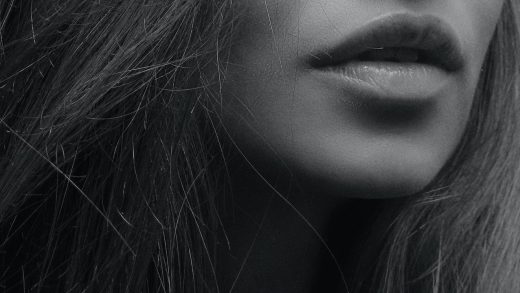Shading techniques play a crucial role in art and design, helping to add depth, dimension, and realism to any piece of artwork. Whether you are drawing, painting, or even working digitally, mastering shading techniques is essential. In this article, we will explore the five main shading techniques that every artist should know.
1. Hatching
Hatching is a shading technique that involves drawing parallel lines closely spaced to create the illusion of value and texture. The closer the lines are to each other, the darker the shaded area appears. By adjusting the direction, length, and thickness of the lines, you can create various effects, from soft shading to bold textures.
2. Cross-Hatching
Cross-hatching takes hatching to the next level by layering intersecting lines. By adding multiple layers of lines in different directions, you can create more complex shading effects. Cross-hatching can be used to achieve a wide range of tones and textures, making it a versatile technique for shading.
3. Stippling
Stippling is a shading technique that involves creating a pattern using dots or small marks. By varying the density, size, and spacing of the dots, you can create different shades and textures. Stippling can be time-consuming but is incredibly effective in adding texture and depth to your artwork.
4. Smudging
Smudging is a shading technique commonly used with graphite or charcoal pencils. By gently rubbing or smudging the lines or strokes, you can create a softer and more blended shading effect. Smudging is often used to create gradients and smooth transitions between light and dark areas.
5. Blending
Blending is similar to smudging but is primarily used in painting or digital art. It involves mixing two or more colors together to create a smooth transition between them. Blending can be done using a brush, finger, or blending tool to create a seamless shading effect.
These five shading techniques provide a solid foundation for creating realistic and visually appealing artwork. As an artist, it’s essential to experiment and combine these techniques to develop your unique style. Remember, practice makes perfect, so keep honing your shading skills to take your artwork to the next level!



